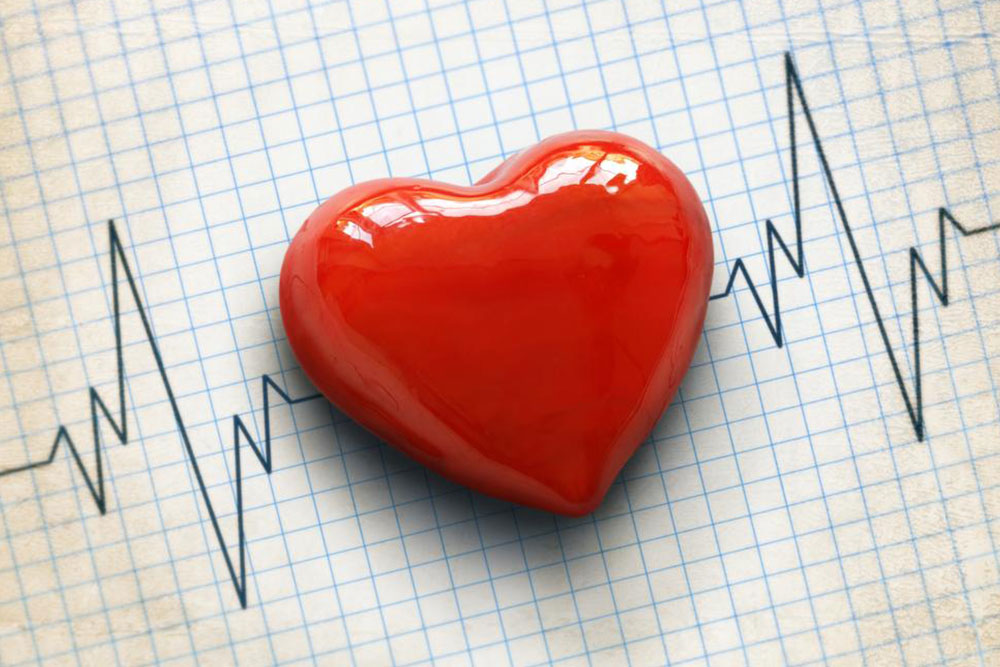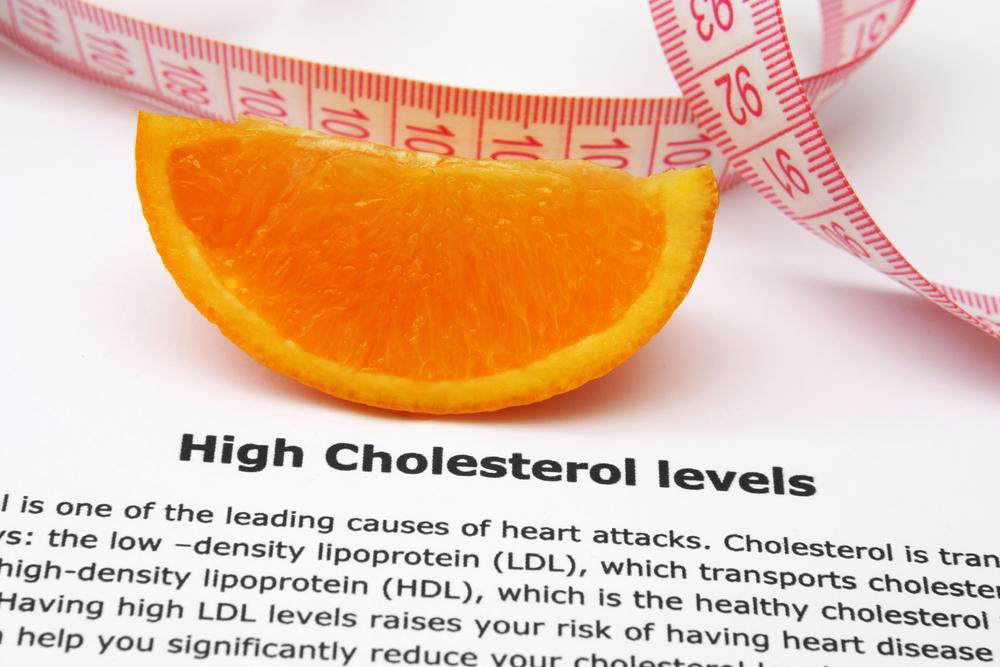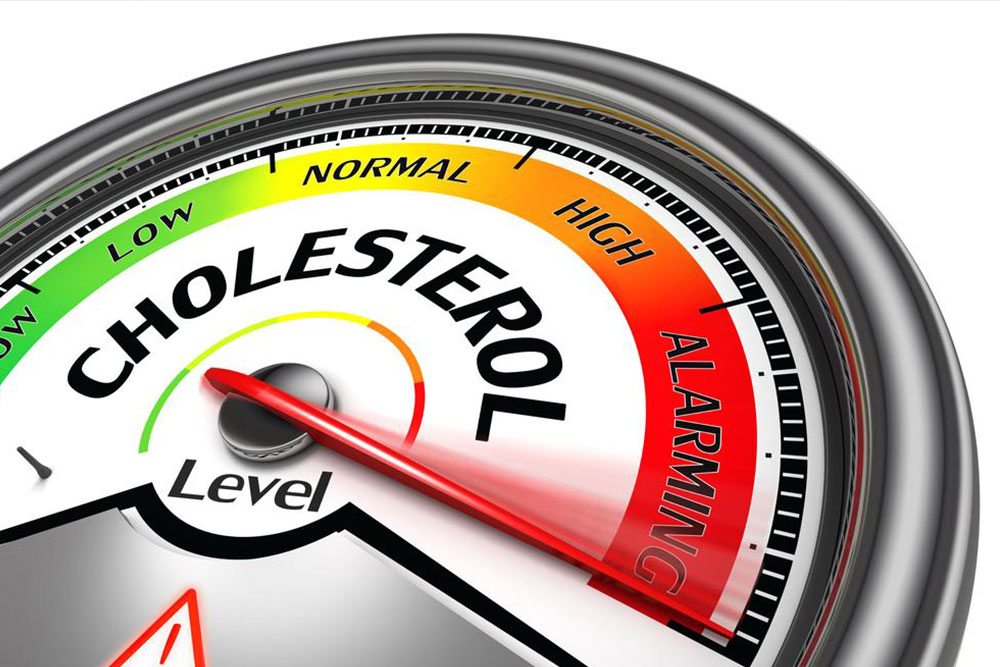A Comprehensive Guide to Monitoring Your Heart Rate and Recognizing Warning Signs
This comprehensive guide offers in-depth insights into monitoring your heart rate, understanding normal versus abnormal patterns, and recognizing the symptoms that warrant medical attention. It covers causes of bradycardia and tachycardia, safe exercise practices, and lifestyle tips to maintain a healthy heart. Whether you're an athlete, a patient, or someone interested in cardiovascular health, this article provides valuable information to keep your heart functioning optimally and prevent serious health issues.

Comprehensive Guide to Monitoring Your Heart Rate and Recognizing Warning Signs
Maintaining a healthy heart rate is a fundamental aspect of overall wellness, much like ensuring your vehicle’s engine runs smoothly. Your heart’s rhythm provides vital clues about your health, and staying vigilant about changes can help detect potential health issues early. Understanding what constitutes a normal heart rate, recognizing abnormal patterns, and knowing when to seek medical help are critical steps toward safeguarding your cardiovascular health. This extensive guide dives deep into the importance of heart rate monitoring, common causes of irregularities, safe exercise practices, and lifestyle modifications that promote a healthy heart.
The heart is an incredible organ that ensures blood, oxygen, and nutrients are delivered efficiently throughout your body. Any deviation from the normal heart rate ranges can disrupt daily functioning and may signal underlying health problems. Whether your heart beats slower or faster than usual, understanding these signals is vital. By paying attention to your pulse and recognizing symptoms associated with abnormal heart rates, you can act promptly and seek appropriate medical care.
What Is a Normal Heart Rate and Why It Matters
A normal resting heart rate indicates optimal cardiovascular function. Most healthy adults have a resting pulse between 60 and 100 beats per minute (BPM). However, this can vary based on age, fitness level, and lifestyle. A heart rate consistently below 60 BPM is classified as bradycardia, while rates exceeding 100 BPM are known as tachycardia. Understanding these parameters helps you determine whether your heart rate falls within a healthy range or warrants further investigation.
Factors Influencing Heart Rate
Several factors influence what is considered a normal heart rate. Age plays a significant role, as children and teenagers typically have higher resting rates than adults. Physical fitness levels significantly affect heart rate; athletes often have lower resting heart rates due to their efficient cardiovascular system. Lifestyle variables such as stress, sleep quality, hydration, and diet also impact your pulse readings. Recognizing these influences can help you interpret your heart rate data more accurately.
Causes and Indicators of a Slow Heart Rate (Bradycardia)
Bradycardia occurs when your heart beats fewer than 60 times per minute. In many cases, it is benign, especially among athletes or during sleep, where the heart often slows down in healthy individuals. Regular physical activity conditions the heart to pump more efficiently, leading to a naturally lower resting heart rate. Additionally, certain medications like beta-blockers and calcium channel blockers may intentionally lower heart rate as part of treatment plans.
However, bradycardia can also be caused by underlying health issues such as heart disease, infections affecting the heart, electrolyte imbalances (particularly high potassium levels), or thyroid disorders. Symptoms associated with bradycardia include fatigue, weakness, dizziness, fainting spells, confusion, or chest discomfort. In severe cases, it can lead to inadequate blood flow to vital organs, emphasizing the importance of medical evaluation.
Understanding Fast Heart Rate (Tachycardia) and Its Causes
When your heart rate exceeds 100 BPM while at rest, it is classified as tachycardia. It often occurs temporarily due to physical exertion, emotional stress, caffeine intake, or stimulant consumption. Persistent tachycardia may indicate deeper health issues such as anemia, hyperthyroidism, respiratory conditions, or various heart problems like arrhythmias.
Experiencing an abnormally high heart rate can lead to symptoms such as chest pain, shortness of breath, palpitations, dizziness, or even fainting. If these symptoms persist or occur suddenly, immediate medical consultation is vital to prevent complications like stroke or heart failure.
Determining Safe Heart Rate Ranges During Exercise
Exercise elevates your heart rate temporarily, but it’s essential to stay within a safe range to avoid undue stress. For a 40-year-old individual, the maximum heart rate is approximately 180 BPM, calculated by subtracting age from 220. During vigorous activity, staying between 70-85% of this maximum — roughly 126 to 154 BPM — ensures an effective yet safe workout.
Monitoring your pulse during exercise helps prevent overexertion and reduces the risk of heart complications. Using fitness devices or manual pulse checks can help you stay within your optimal heart rate zone, maximizing benefits while ensuring safety.
Recognizing Symptoms and When to Seek Medical Assistance
Regular ECG tests or heart rate monitoring can detect irregularities early. Be vigilant about symptoms like unexplained fatigue, dizziness, chest pain, palpitations, shortness of breath, or fainting episodes. These signs may indicate arrhythmias or other serious cardiovascular conditions requiring prompt evaluation.
Fast or irregular heartbeats should never be ignored. Immediate emergency care is necessary if combined with symptoms like severe chest pain, difficulty breathing, or loss of consciousness. Early diagnosis and treatment can significantly improve outcomes and prevent long-term damage.
Promoting Heart Health with Lifestyle Changes
Adopting a heart-healthy lifestyle is crucial for maintaining normal heart rates and preventing cardiovascular diseases. A balanced diet rich in fruits, vegetables, whole grains, lean proteins, and healthy fats supports optimal heart function. Avoid smoking, limit alcohol consumption, and manage stress through relaxation techniques or meditation.
Regular physical activity such as brisk walking, swimming, or cycling strengthens the heart muscle and improves circulation. Monitoring blood pressure and cholesterol levels is essential, and routine health checkups help identify risk factors early. By implementing these habits, you can promote a resilient cardiovascular system and ensure your heart beats in its healthiest range.





